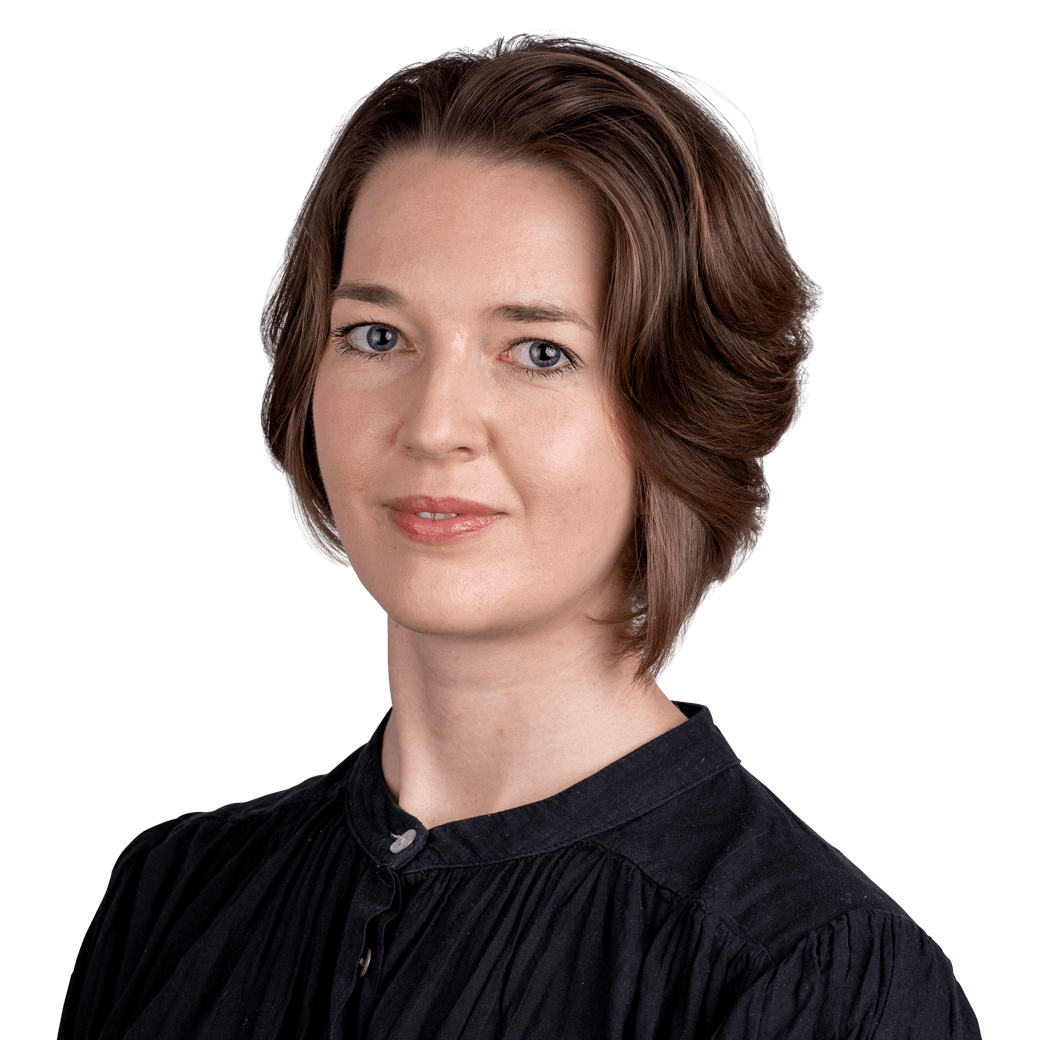Framework to fallout: Care Quality Commission launches single assessment framework review in England
Published on 24th November 2025
Reforms could revert to a regime that social and health care providers were familiar with prior to changes in 2024

The Care Quality Commission (CQC) is an executive non-departmental public body of the Department of Health and Social Care of the United Kingdom. Established in 2009 to regulate and inspect health and social care providers in England, the CQC introduced a new inspection and assessment regime known as the single assessment framework (SAF) in 2024.
The introduction of the SAF has caused significant disruption for the health and social care sector, as providers have had to review and reform the way that they engage with its requirements to ensure a fair assessment of their services under the new inspection and assessment framework. Both providers and investors in the health and social care sector have had to prepare and undertake ongoing compliance efforts to ensure their services align with the requirements of the SAF regime so that their services can be accurately assessed by the CQC.
Less than two years after the introduction of the SAF, the health and social care sector may now face further changes to the way that the CQC assesses their services.
SAF criticisms and challenges
In October 2024, Dr Penny Dash published her independent review into the operational effectiveness of the CQC. Many criticisms have been made of the SAF since it was launched in March 2024.
The Dash report identified seven concerns in respect of SAF and its application. First, it found that the way in which the SAF is described is poorly laid out on the CQC website, not well communicated internally or externally and uses vague language. It also said there is limited information available for providers and users or patients as to what care looks like under each of the ratings categories, resulting in a lack of consistency in how care is assessed and a lost opportunity for improvement.
Dr Dash's report also identified concern over insufficient attention paid to the effectiveness of care and a lack of focus on outcomes (including inequalities in outcomes and that no reference to use of resources or the efficient and economic delivery of care, which is a significant gap. And if found little reference to or acknowledgement of the challenges in balancing risk and ensuring high-quality care across an organisation or wider health and care system.
CQC's current SAF
The intention behind the SAF was to streamline assessments across healthcare providers, ensure consistent application of criteria, hold all services to the same standard and provide the CQC with the ability to assess poorly-performing providers on a more regular and reactive basis, while minimising disruption to high-performing providers by undertaking fewer inspections.
However, under each of these five questions, SAF introduced a set of quality statements (34 in total). These are commitments that providers, commissioners and system leaders are expected to live up to.
Six categories of evidence are used to assess those quality statements, broadening the variety of sources of information to be used for assessment. Many providers have voiced that, while this system is intended to provide a fuller picture of a provider's performance, the SAF's assessment requirements take up valuable resource that could be put towards healthcare provision; that is, nurses are having to gather and monitor feedback that would be relevant to a SAF inspection instead of spending that time on the floor providing nursing care.
The SAF also replaced its previous four assessment frameworks with a one-size-fits-all approach for assessing all types of health and social care services, including care homes, hospitals, GP practices and mental health services. Many providers raised concerns at the time that the SAF was introduced that moving away from tailored frameworks for these services would result in a poorer assessment system.
SAF consultation
Following widespread criticisms, including those set out in the Dash report, on 16 October 2025, the CQC launched a consultation proposing significant changes to the SAF. These reforms are aimed at restoring "clarity, consistency and sector relevance".
The launch of this consultation, following the criticisms and challenges that have been raised, indicates the CQC's willingness to try to address concerns and find solutions that work for both providers and recipients of health and social care services.
The proposals under the consultation will likely be familiar to health and social care providers. They largely indicate a reversion to the CQC's previous assessment model.
Proposed changes
Some of the changes proposed by the CQC consultation on better regulation and better care include:
- Reintroduction of rating characteristics for each rating level. These are clear descriptions of what each rating level (such as good or requires improvement) looks like in practice. They will help to provide a better understanding of what each rating means.
- Replacement of the quality statements with supporting questions. These questions will be similar to the previous key lines of enquiry (KLOEs) and will support the rating characteristics by guiding how we assess quality.
- Developing sector-specific frameworks tailored to adult social care, hospitals and primary care. These will include detailed content and guidance tailored to a specific health or care sector, so providers can better understand our expectations for their sector, as well as consistent core content that would be included across all frameworks.
- Simplifying the content of the frameworks. Removing duplicate or overlapping content and make the language clearer and easier to apply in practice.
Implications for health and social care providers
Care England suggests the proposed changes to the SAF will mean less reliance on mathematical aggregation: that is, less reliance on averaging of scores across the 34 quality statements). It will also result in greater emphasis on narrative evidence and context.
This is due to the proposed removal of the scoring system implemented under the SAF and replacement with awards made based on rounded assessments of evidence across each of the key questions and reintroduction of rating characteristics (similar to KLOEs under the previous assessment framework).
The timeline for implementation of the new proposals remains uncertain. Care England has indicated "it will take some months for full details to emerge and for the new assessment methodology to be applied." This uncertainty has been further exacerbated following Sir Julian Hartley's recent resignation as chief executive of the CQC on 23 October.
Given that the timeframe for any reform to the SAF is currently unknown, health and social care providers will need to ensure continuing compliance with SAF in the meantime, while it remains the CQC's current form of assessment.
However, while health and social care providers are understandably likely to have concerns about the uncertainty caused by further changes to the CQC's inspection and assessment framework, the consultation does provide an opportunity to review and shape the assessment framework going forwards.
Osborne Clarke comment
While reform of the SAF will once again mean that providers have to consider the implications of these changes on their services, reform of SAF may be a positive change if it results in reverting to an inspection and assessment regime that providers were largely familiar with prior to the framework's introduction in 2024.
For investors in the health and social care sector, reform of the SAF may be a reassuring development if it results in reverting to an inspection regime that service providers are already familiar with, as this should minimise disruption to services and provides an opportunity for service providers to more easily comply with an inspection regime they are well-versed in. This in turn may mean that CQC ratings will be more predictable, if services are compared to their previous performance and ratings under the previous inspection regime.
The consultation on how the CQC assesses and rates providers closes at 5pm on 11 December. The CQC has encouraged providers, partner organisations, service users and members of the public to provide their thoughts and comments.
If you would like to discuss submissions to be made to the CQC's SAF consultation or require support with submissions, please get in touch with a member of our Life Sciences and Healthcare team.
Katie Strange, a trainee solicitor at Osborne Clarke, contributed to this Insight.





